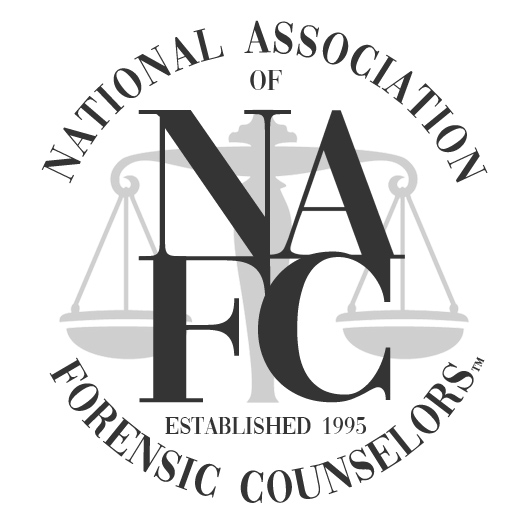When conducting domestic violence treatment groups, we sometimes show lists of thought distortions. A short list of thought distortions looks like this:
- All or nothing thinking
- Overgeneralization
- Mental Filter
- Discounting the positive
- Jumping to conclusions
- Catastrophizing/Minimizing
- Emotion based reasoning
- Should Statements
- Labeling
- Personalization.
There is a reason these things are not listed together with the positive aspects of your life…Because it’s not possible for happiness and sadness to co-exist. Just like it’s not possible for pride to co-exist with dignity.
Most aggressive thinking and behaviors stem from attachment problems which were developed during childhood, most likely before the age of 2-3 years of age when a child is in a quest to be autonomous and at the same time, seek comfort from a attachment figure, most likely the mother but not always.
This is a time when anxiety is sometimes born and embedded into the character of the child. This character may progress to levels of maladaptive behavior if no intervention is employed to head off the label of “personality disorder.”
These early childhood experiences can sometimes evolve into character traits that are not conducive to healthy intimate partner relationships. One of the reasons domestic violence is so dangerous is because those with a maladaptive personality trait will almost never seek out help because they don’t see their trait as a problem – it’s always the other person’s problem.
If you have anxieties based on adverse childhood experiences and have also, relationship difficulties, such as being one who craves the argument versus the solution or feel you are being rejected when someone (especially a partner) criticizes you, why wait until the police are called when you finally resort to physical violence to get your point across or to simply use intimidation to gain that control you so desperately need?
The solution to our domestic violence problem lies not just with the treatment of the offender but a proactive relationship with Law Enforcement, Shelters, Schools, families. One part of the solution is in treatment of the offender and the other let’s call….”Community Based Solution Focused Counseling.”


